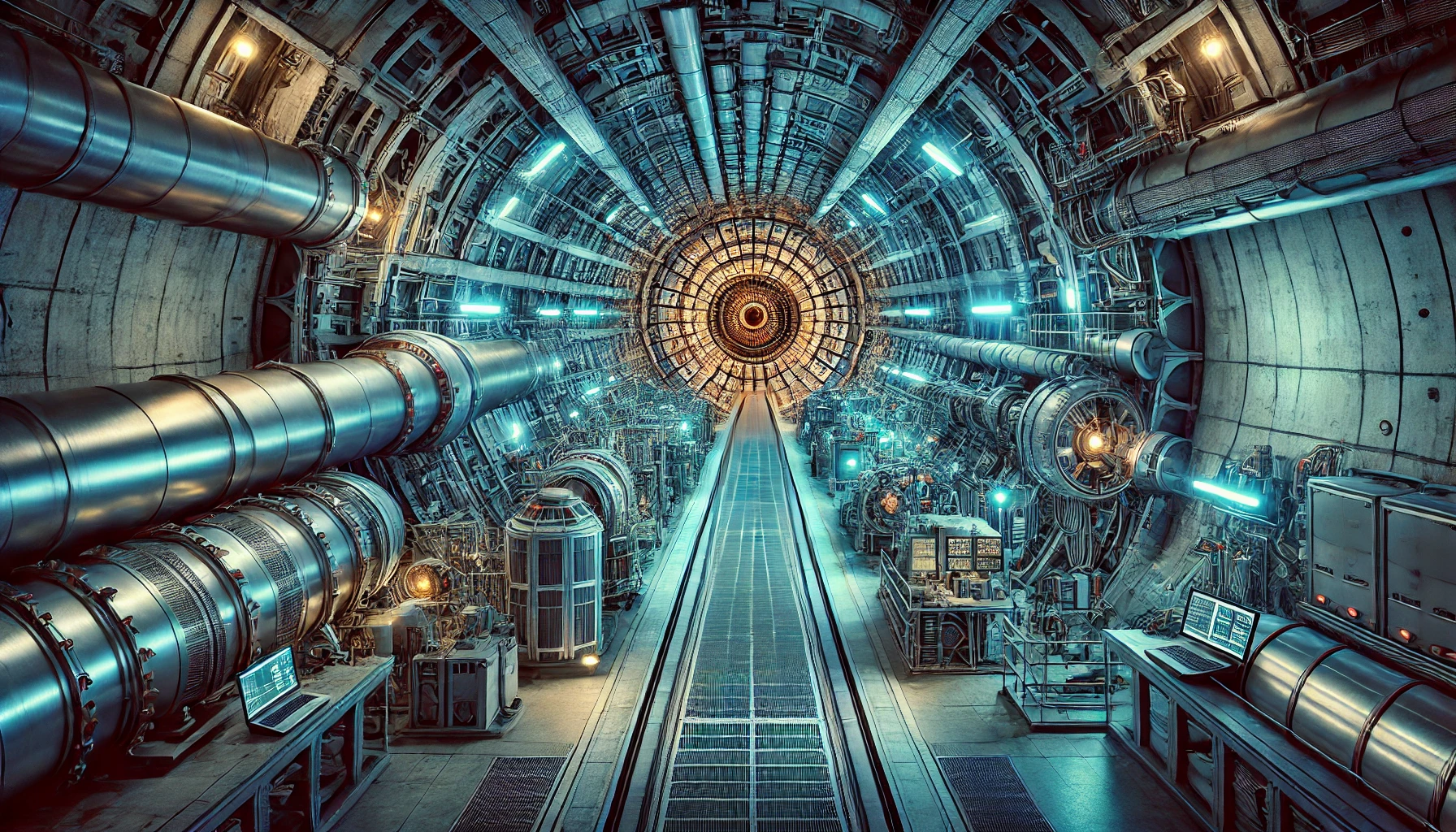
I promise this is the last one. I’m beginning my next series tomorrow. Stay tuned. Let’s dive in.
Walk outside and look down. Chances are, your feet are on it. Sidewalks, bridges, skyscrapers, highways—concrete is everywhere. It might look dull and unremarkable, but this gray mixture is one of the most powerful inventions in human history. Without it, modern cities simply wouldn’t exist.
Concrete works because of chemistry. It’s a blend of cement, sand, gravel, and water that undergoes a process called hydration. The water reacts with the cement to form crystals that lock everything together. The result? A material that’s strong, durable, and moldable into almost any shape. Pour it, let it set, and you’ve got the foundation for pretty much anything.
The Romans, once again, were early masters. They developed a special concrete using volcanic ash called pozzolana, which made their structures not only strong but also resistant to water. That’s why many Roman harbors, aqueducts, and even the Pantheon dome still stand today, nearly 2,000 years later. Their secret recipe was lost for centuries, and only in recent years have scientists figured out why Roman concrete is so long-lasting—it actually “heals” itself when cracks form.
Fast forward to today, and concrete has become the literal backbone of civilization. From towering skyscrapers in New York to massive dams like the Hoover, it’s the material that lets humans reshape landscapes and build on scales once unimaginable. The catch? It’s also a major source of carbon emissions, so researchers are now racing to create greener, more sustainable versions.
So the next time you walk across a bridge or sit in a concrete classroom, think about it: you’re surrounded by a material that’s not just gray and boring. It’s the unsung hero of civilization—holding up our cities, our homes, and maybe even our future.
RELATED POSTS
View all


